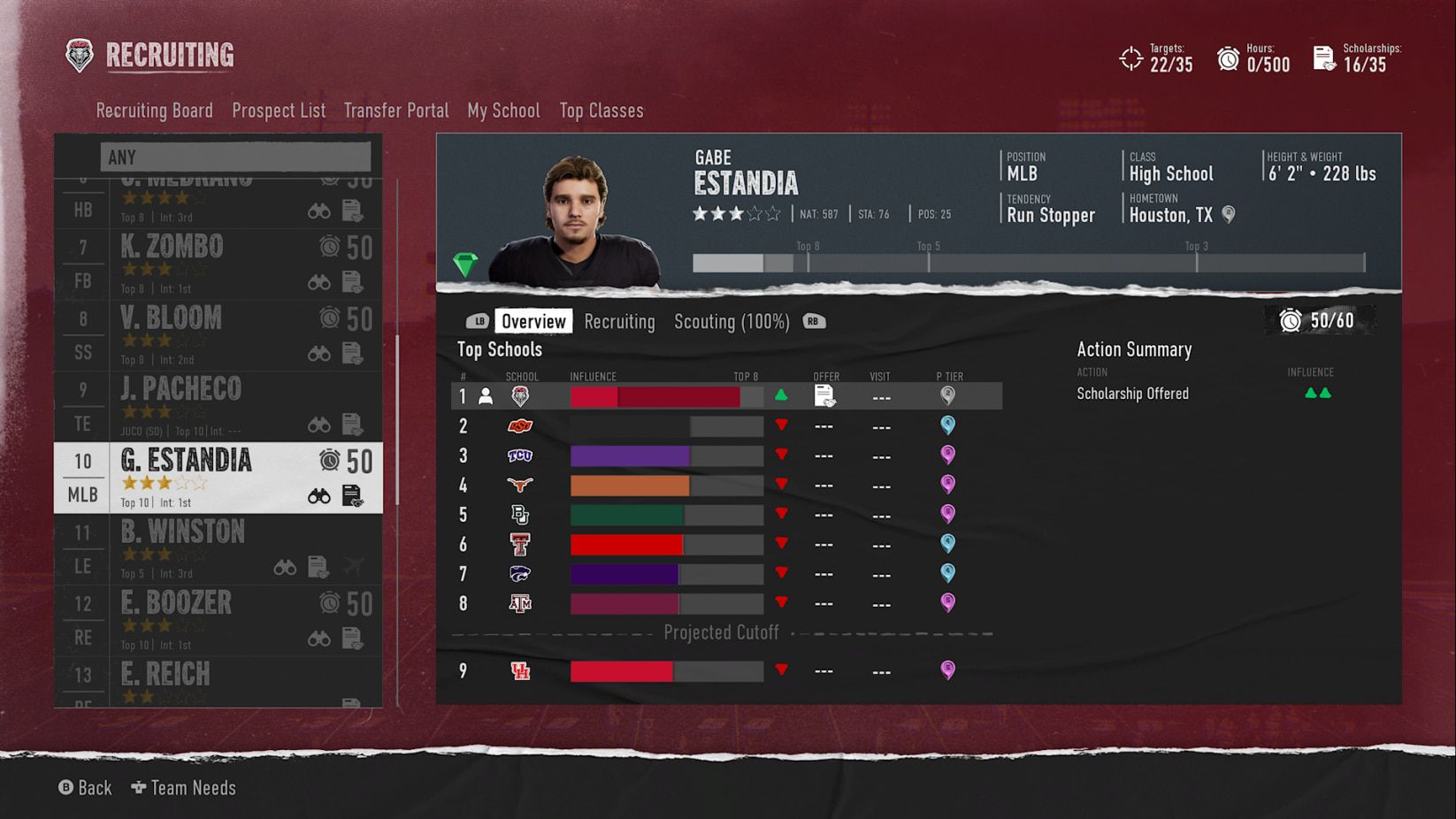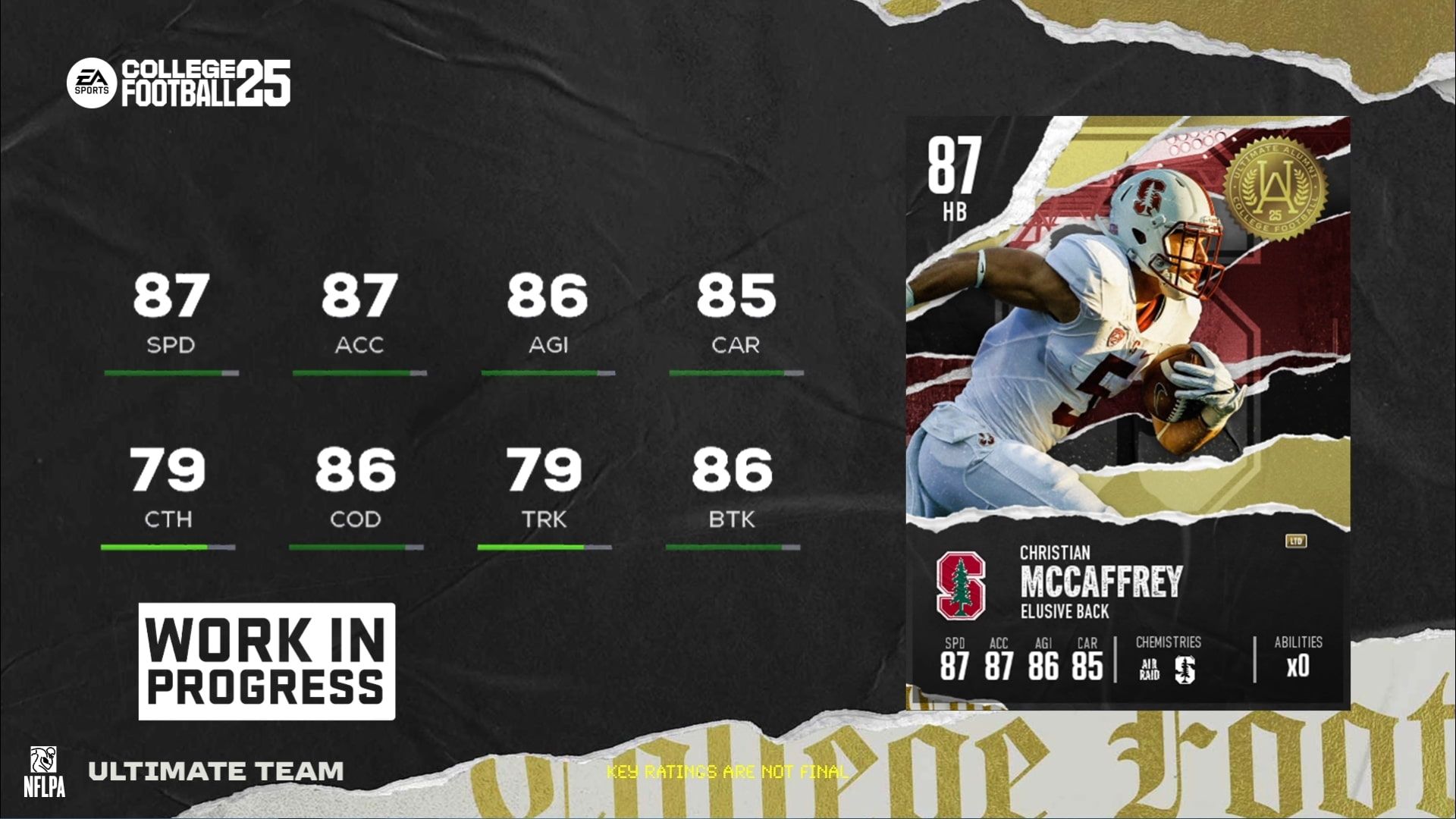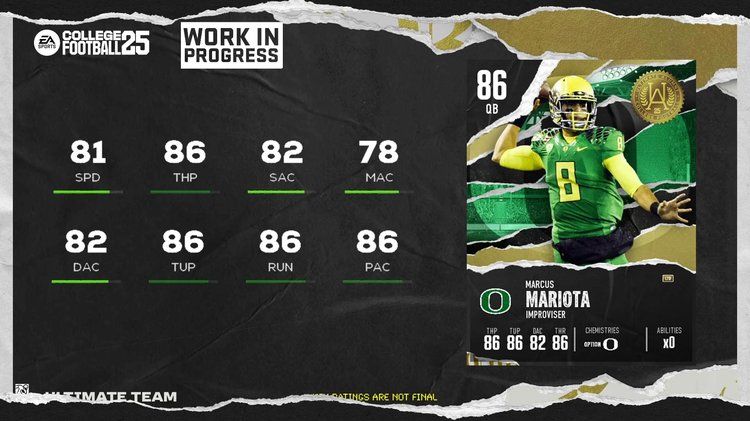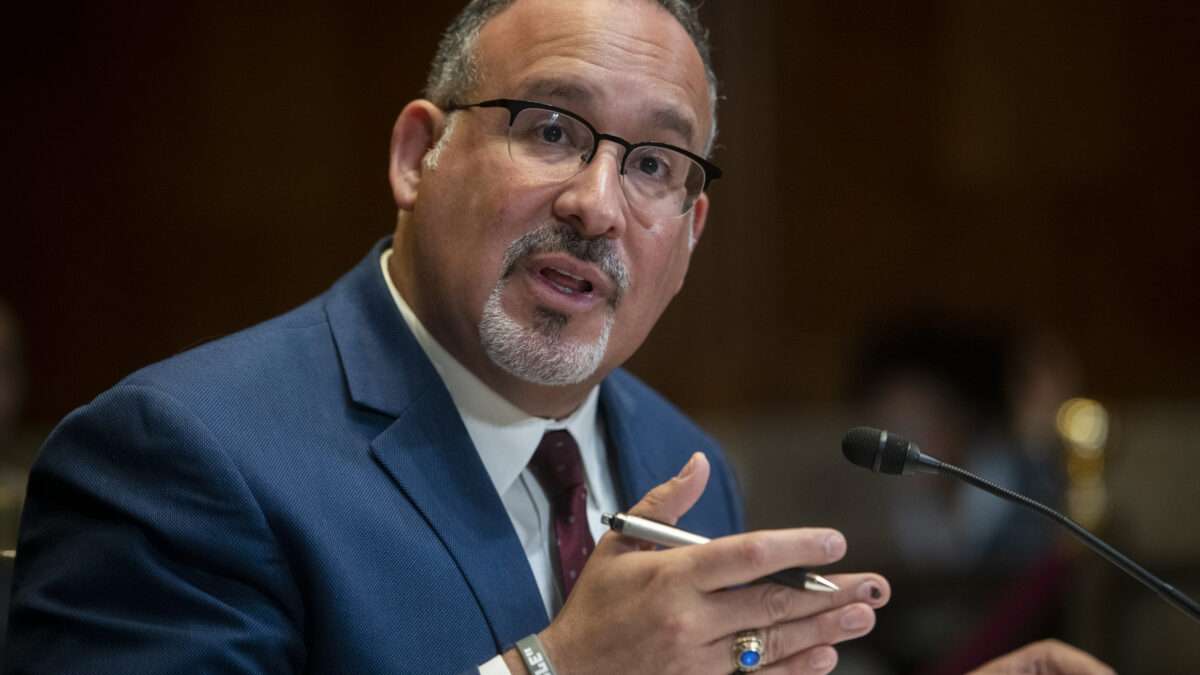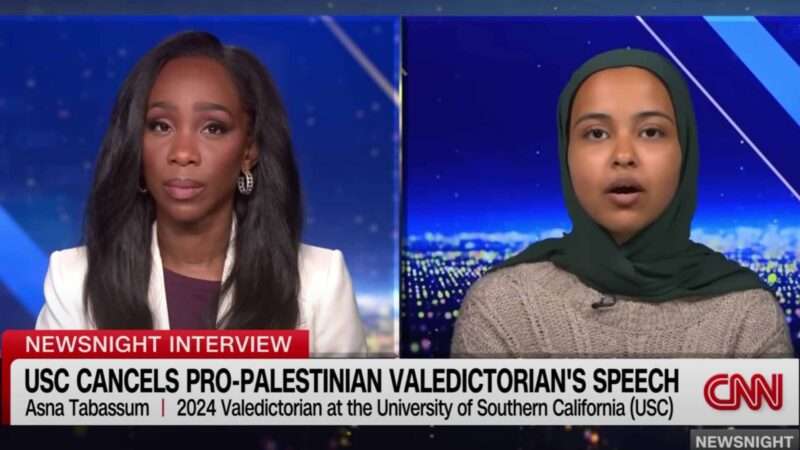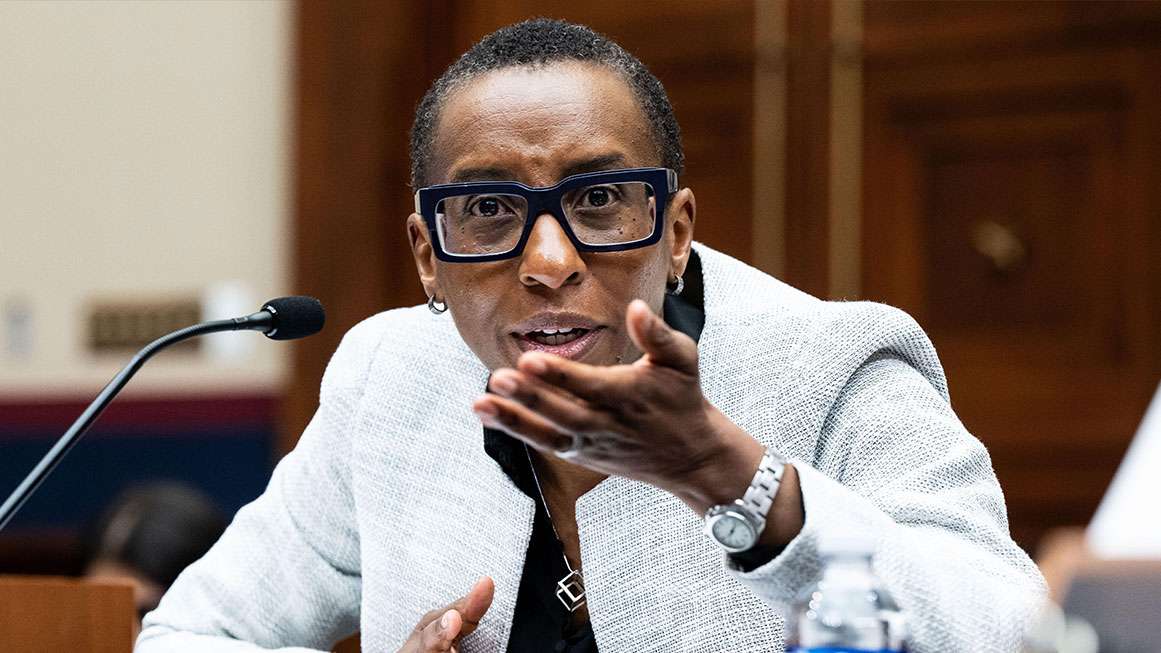RISC-V is paving the way for open source to become accepted within the hardware community, creating a level of industry collaboration never seen in the past, while revitalizing the connection between academia and industry.
The big question is whether this arrangement is just a placeholder while the industry re-learns how to develop processors, or whether this processor architecture is something very different. In either case, there is a clear and pressing need for more flexible processor architectures, and at least for now, RISC-V has filled a void.
“RISC-V was born out of academia and has had strong collaboration within universities from day one,” says Loren Hobbs, vice president of product and business development at Bluespec. “This collaboration continues today, with many of the most popular open-source RISC-V processors having come from universities. Organizations such as OpenHW Group and CHIPS Alliance serve a central and critical role in driving the collaboration, which is bi-directional between the academic community and industry.”
Collaboration of this type has not existed with the industrial community in the past. “We are learning from each other,” says Florian Wohlrab, CEO at OpenHW. “We are learning best practices for verification. At the same time, we are learning what things to avoid. It is growing where people say, ‘Yes, I really get benefit from sharing ideas.'”
The need for processor flexibility exists within industry as well as academia. “There is a need within the industry for diversification on the processor front,” says Neil Hand, director of marketing at Siemens EDA. “In the past, this led to a fragmented set of companies that couldn’t work together. They didn’t see the value of working together. But RISC-V has a cohesive central organization where anyone who wants to get into the processor space can collaborate. They don’t have to expose their secret sauce, but they get to benefit from each other. A rising tide lifts all boats, and that’s really the situation we’re at with RISC-V.”
Longevity
Whether the industry can build upon this success, or whether it fizzles out over time, remains to be seen. But at least for now, RISC-V’s momentum is growing. “We are at the beginning of a revolution in hardware design,” says OpenHW’s Wohlrab. “We saw the same thing for software when Linux came out 20 or so years ago. No one was really thinking about sharing software or collaboratively developing software. There were some small open-source ventures, but working together on a big project took a long time to develop. Now we are all sharing software, all co-working. But for hardware, we’re just at the beginning of this new concept, and a lot of people need to understand that we can do the same for hardware as we did for software.”
Underlying RISC-V’s success is widespread collaboration. “One of the pillars sustaining the success of RISC-V is customization that works with the ecosystem and leverages a well-defined process,” says Sergio Marchese, vice president of application engineering at SmartDV. “RISC-V vendors face the challenge of showing how their processor customization capabilities serve an application and demonstrating the complete process on real hardware. Without strategic partnerships, RISC-V vendors must walk a much more challenging, time-consuming, and resource-intensive road.”
That framework is what makes it unique. “RISC-V has formed this framework for collaboration, and it fixes everything,” says Siemens’ Hand. “Now, when a university has a really cool idea for memory tagging in a processor design, they don’t have to build the compilers, they don’t have to build the reference platform. They already exist. Maybe a compiler optimization startup has this great idea for handling code optimization. They don’t have to build the rest of the ecosystem. When a processor IP company has this great idea, they can become focused within this bigger picture. That’s the unique nature of it. It’s not just a processor specification.”
Historically, one of the problems associated with open-source hardware was quality, because finding bugs in silicon is expensive. OpenHW is an important piece of the puzzle. “Why should everyone reinvent the wheel by themselves?” asks Wohlrab. “Why can’t we get the basic building blocks, some basic chips, take some design from academia, which has reasonably good quality, and build on them, verify them together. We are verifying with different tools, making sure we get a high coverage, and then everyone can go off and use them in their own chips for mass production, for volume shipment.”
This benefits companies both large and small. “There are several processor vendors that have switched to RISC-V,” says Hand. “Synopsys has moved to RISC-V. Andes has moved to RISC-V. MIPS has moved to RISC-V. Why? Because they can leverage the whole ecosystem. The downside of it is commoditization, which as a customer is really beneficial because you can delay choosing a processor till later in the design flow. Your early decision is to use the Arm ecosystem or RISC-V, and then you can work through it. That creates an interesting set of dynamics. You can start to create new opportunities for companies that develop and deliver IP, because you can benchmark them, swap them in and out, and see which one works. On the flip side, it makes it awful from a lock-in perspective once you’re in that socket.”
Fragmentation
Of course, there will be some friction in the system. “In the early days of RISC-V there was nearly a 1:1 balance between contributors and consumers of the technology,” says Geir Eide, director, product management for Siemens EDA. “Today there are thousands of RISC-V consumers, but only a small percentage of those will be contributors. There is a risk that there will be a disconnect between them. If, for instance, a particular market or regional segment is growing at a higher pace than others, or other market segments and regions are more conservative, they tend to stick to established solutions longer. That increases the risk that it could lead to fragmentation.”
Is that likely to impact development long term? “We do not believe that RISC-V will become regionally concentrated, although though there may be regional concentrations of focus within the broad set of implementation choices provided by RISC-V,” says Bluespec’s Hobbs. “A prime example of this is the Barcelona Supercomputer Center, creating a regional focus area for high-performance computing using RISC-V. However, while there may be regional focus areas, this does not mean that the RISC-V standard is, or will become, fragmented. In fact, one of the key tenets of the creation and foundation of RISC-V was preventing fragmentation of the ISA, and it continues to be a key function of RISC-V international.”
China may be a different story. “A lot of companies in China are creating RISC-V cores for internal consumption — for political reasons mostly,” says John Min, vice president of customer service at Arteris. “I think China will go 100% RISC-V for embedded, but it’s a one-way street. They will keep leveraging what the Western companies do and enhance it. China will continue sucking all advancements, such as vectorization, or the special domain-specific acceleration enhancements. They will create their own and make it their own internally, but they will give nothing back.”
Such splits have occurred in the past. “Design languages are the most recent example of that,” says Hand. “There was a regional split, and you had Europe focus on VHDL while America went with Verilog. With RISC-V, there will be that regional split where people will go off and do their things regionally. Europe has focused projects, India has theirs, but they’re still doing it within this framework. It’s this realization that everyone benefits. They’re not doing it to benefit the other people. They’re doing it ultimately to save themselves effort, to save themselves cost, but they realize that by doing it in that framework it is a net benefit to everyone.”
Bi-directionality
An important element is that everyone benefits, and that has to stretch across the academic/commercial boundary. “RISC-V has propelled a new degree of collaboration between academia and commercial organizations,” says Dave Kelf, CEO at Breker. “It’s noticeable that institutions such as Harvey Mudd College in Claremont, California, and ETH in Zurich, Switzerland, to name two, have produced advanced processor designs as a teaching aid, and have collaborated with multiple companies on their verification and design. This has been further advanced by OpenHW Group, which has made these designs accessible to the industry. This bi-directional collaboration benefits the tool providers to further enhance their offerings working on advanced, open devices, while also enabling academia to improve their designs to a commercial quality level. The virtuous circle created is essential if we are to see RISC-V established as a mainstream, industry-wide capability.”
Academia has a lot to offer in hardware advancement. “Researchers in universities are developing innovative new software and hardware to push the limits of RISC-V innovation,” says Dave Miller, head of corporate communications at SiFive. “Many of the RISC-V projects in academia are focused on optimizing performance and energy efficiency for AI workloads, and are open source so the entire ecosystem can benefit. Researchers are also actively contributing to RISC-V working groups to share their knowledge and collaborate with industry participants. These working groups are split evenly between representatives from APAC, Europe, and North America, all working together towards common goals.”
In many cases, industry is willing to fund such projects. “It makes it easy to have research topics that don’t need to boil the ocean,” says Hand. “If you’re a PhD student and you have a great idea, you can go do it. It’s easy for an industry partner to say, ‘I’ll sponsor that. That’s an interesting thing, and I am not required to allocate ridiculous amounts of money into an open-ended project. It’s like I can see the connection of how that research will go into a commercial product later.'”
This feeds back into academia. “The academics have been jumping on board with OpenHW,” says Wohlrab. “By taking their cores and productizing them, they get a chip back that could be shipped in high volume. Then they can do their research on a real commercial product and can see if their idea would fly in real life. They get real numbers and can see real figures for the benefits of a new branch predictor.”
It can also have a long-term benefit for tools. “There are areas where they want to collaborate with us, especially around security,” says Kiran Vittal, executive director for alliances marketing management at Synopsys. “They are building RISC-V based sub-systems using open-source RISC-V processors, and then academia wants to look at not only the AI part, but the security part. There are post-doc students or PhD students looking into using our tools to verify or to implement whatever they’re doing on security.”
That provides an incentive for EDA to offer better tools for use in universities. “Although there has always been collaboration between universities and the industry, where industry provides the universities with access to EDA tools, IP cores, etc., there’s often a bit of a lag,” says Siemens’ Eide. “In many situations (especially outside of the core area of a particular project), universities have access to older versions of the commercial solutions. If you for instance look at a new grad’s resume, where you in the past would see references to old tech, now you see a lot of references to relatively sophisticated use of RISC-V.”
Moving Forward
This collaboration needs to keep pushing forward. “We had an initiative to create a standardized interface for accelerators,” says Wohlrab. “RISC-V International standardized how to add custom instructions in the ISA, but there was no standard for the hardware interface. So we built this. It was a cool discussion. There were people from Silicon Labs, people from NXP, people from Thales, plus several startups. They all came together and asked, ‘How can we make it future proof and put the accelerators inside?'”
The application space for RISC-V is changing. “The big inflection point is Linux and Android,” says Arteris’ Min. “Android already has some support, but when both Android and Linux are really supported, it will change the mobile apps processor game. The number of designs will proliferate. The number of high-end designs will explode. It will take the whole industry to enable that because RISC-V companies are not big enough to create this by themselves. All the RISC-V companies are partners, because we enable this high-end design at the processor levels.”
That would deepen the software community’s engagement. “An embedded software developer needs to understand the underlying hardware if they want to run Linux on a RISC-V processor that uses custom instructions/ accelerators,” says Bluespec’s Hobbs. “To develop complex embedded hardware/software systems, both embedded software developers and embedded hardware developments must possess contextual understanding of the interoperability of hardware and software. The developer must understand how the customized processor is leveraging the custom instructions in hardware for Linux to efficiently manage and execute the accelerated workloads.”
This collaboration could reinvigorate research into EDA, as well. “With AI you can build predictive models,” says Hand. “Could that be used to identify the change effects from making an extension? What does that mean? There’s a cloud of influence — not directly gate-wise, because that immediately explodes — but perhaps based on test suites. ‘I know that something that touches that logic touches this downstream, which touches the rest of the design.’ That’s where AI plays a big role, and it is one of the interesting areas because in verification there are so many unknowns. When AI comes along, any guidance or any visibility that you can give is incredibly powerful. Even if it is not right 100% of the time, that’s okay, as long as it generates false negatives and not false positives.”
There is a great opportunity for EDA companies. “We collaborate with many of the open-source providers, with OpenHW group, with ETH in Zurich,” says Synopsys’ Vittal. “We want to promote our solutions when it comes to any processor design and you need standard tools like synthesis, place and route, simulation. But then there are also other kinds of unique solutions because RISC-V is so customizable, you can build your own custom instructions. You need something specific to verify these custom instructions and that’s why the Imperas golden models are important. We also collaborated with Bluespec to develop a verification methodology to take you through functional verification and debug.”
There are still some wrinkles to be worked out for customizations. “RISC-V gives us predictability,” says Hand. “We can create a compliance test suite, give you a processor optimization package if you’re on the implementation side. We can create analytics and testing solutions because we know what it’s going to look like. But for non-standard processors, it is effectively as a service, because everyone’s processor is a little bit different. The reason you see a lot of focus on the verification, from platform architecture exploration all the way through, is because if you change one little thing, such as an addressing mode, it impacts pretty much 100% of your processor verification. You’ve got to retest the whole processor. Most people aren’t set up like an Arm or an Intel with huge processor verification teams and the infrastructure, and so they need automation to do it for them.”
Conclusion
RISC-V has enabled the industry to create a framework for collaboration, which enables everyone to work together for selfish reasons. It is a symbiotic relationship that continues to build, and it is creating a wider sphere of influence over time.
“It’s unique in the modern era of semiconductor,” says Hand. “You have such a wide degree of collaboration, where you have processor manufacturers, the software industry leaders, EDA companies, all working on a common infrastructure.”
Related Reading
RISC-V Micro-Architectural Verification
Verifying a processor is much more than making sure the instructions work, but the industry is building from a limited knowledge base and few dedicated tools.
RISC-V Wants All Your Cores
It is not enough to want to dominate the world of CPUs. RISC-V has every core in its sights, and it’s starting to take steps to get there.
The post RISC-V Heralds New Era Of Cooperation appeared first on Semiconductor Engineering.












